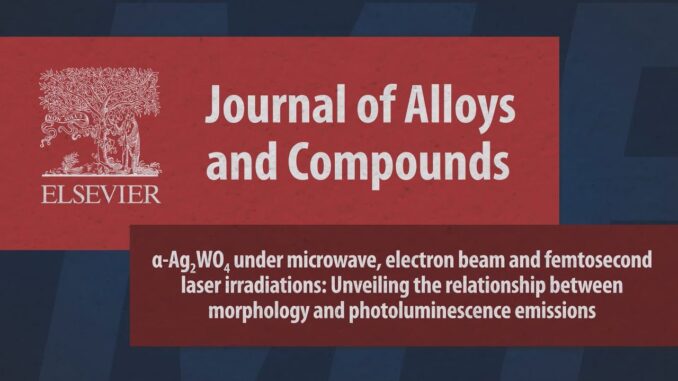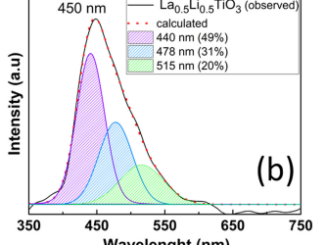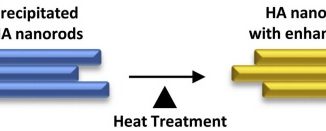
α-Ag2WO4 under microwave, electron beam and femtosecond laser irradiations: Unveiling the relationship between morphology and photoluminescence emissions
Abstract: In this study, the α-Ag2WO4 samples were successfully synthesized combined two methods, co-precipitation and microwave-assisted hydrothermal. Later, two different irradiation processes: electron beam and femtosecond laser are applied. Unit cell changes were shown by X-ray measurements and Rietveld analysis and compared with the results obtained for first-principle calculations. The formation of oxygen vacancies on the surface of the particles after the irradiation process was revealed by XPS measurements. Electron beam and femtosecond laser irradiations were found to cause expansion of the unit cell, form oxygen vacancies on the surface, change the angle and distance between Osingle bondAg and Osingle bondW bonds, and modify the particle morphology to rod-, cube- and sphere-like. The XANES measurements confirm that the local order of the W atoms is maintained along the different irradiation processes. Based on the theoretical analysis of surfaces investigation and Wulff construction, the contribution of (010) and (101) surfaces at the emission centers in 550 and 733 nm associated with the PL spectrum of α–Ag2WO4, was established.
Author(s): Teixeira, M. M.; Santos, L. C.; Tello, A. C. M.; Almeida, P. B.; da Silva, J. S.; Laier, L.; Gracia, L.; Teodoro, M. D.; da Silva, L. F.; Andres, J.; Longo, E.
Journal of Alloys and Compounds
Published: 15 May 2022, Volume 903, 163840
DOI: https://doi.org/10.1016/j.jallcom.2022.163840
CDMF
The CDMF, hosted at the Federal University of São Carlos (UFSCar), is one of the Research, Innovation and Dissemination Centers (RIDC) supported by the São Paulo State Research Support Foundation (Fapesp), and also receives investment from the National Council Scientific and Technological Development (CNPq), from the National Institute of Science and Technology of Materials in Nanotechnology (INCTMN).




